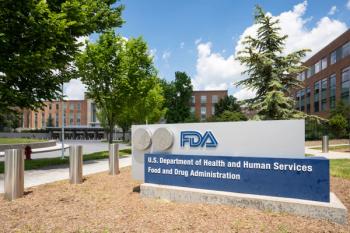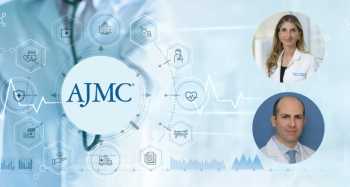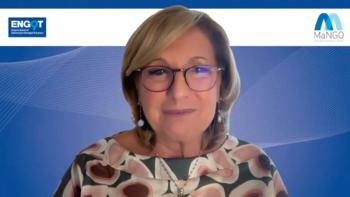
Segment 6 - Emerging Treatments
Ms Young notes that while there is no cure, there has been tremendous progress in the development of newer drug classes.
Ms Young notes that while there is no cure, there has been tremendous progress in the development of newer drug classes. Patients have had response rates as high as 95% or greater with newer treatments. However, with disease progression and the relapse refractory setting, response rates can drop to 25% to 30%. There are also patients who don’t respond to specific agents, or respond then relapse very quickly.
“It’s really important to try and figure out what type of myeloma a patient may have, and the best way to treat, because there are some very low-risk types of myeloma that can be managed very well with standard therapies and then there are more aggressive types that really do need these newer agents and combinations,” says Ms Young.
Dr Goldberg discusses why a drug’s deliverability—among other factors—is important.
Newsletter
Stay ahead of policy, cost, and value—subscribe to AJMC for expert insights at the intersection of clinical care and health economics.












































